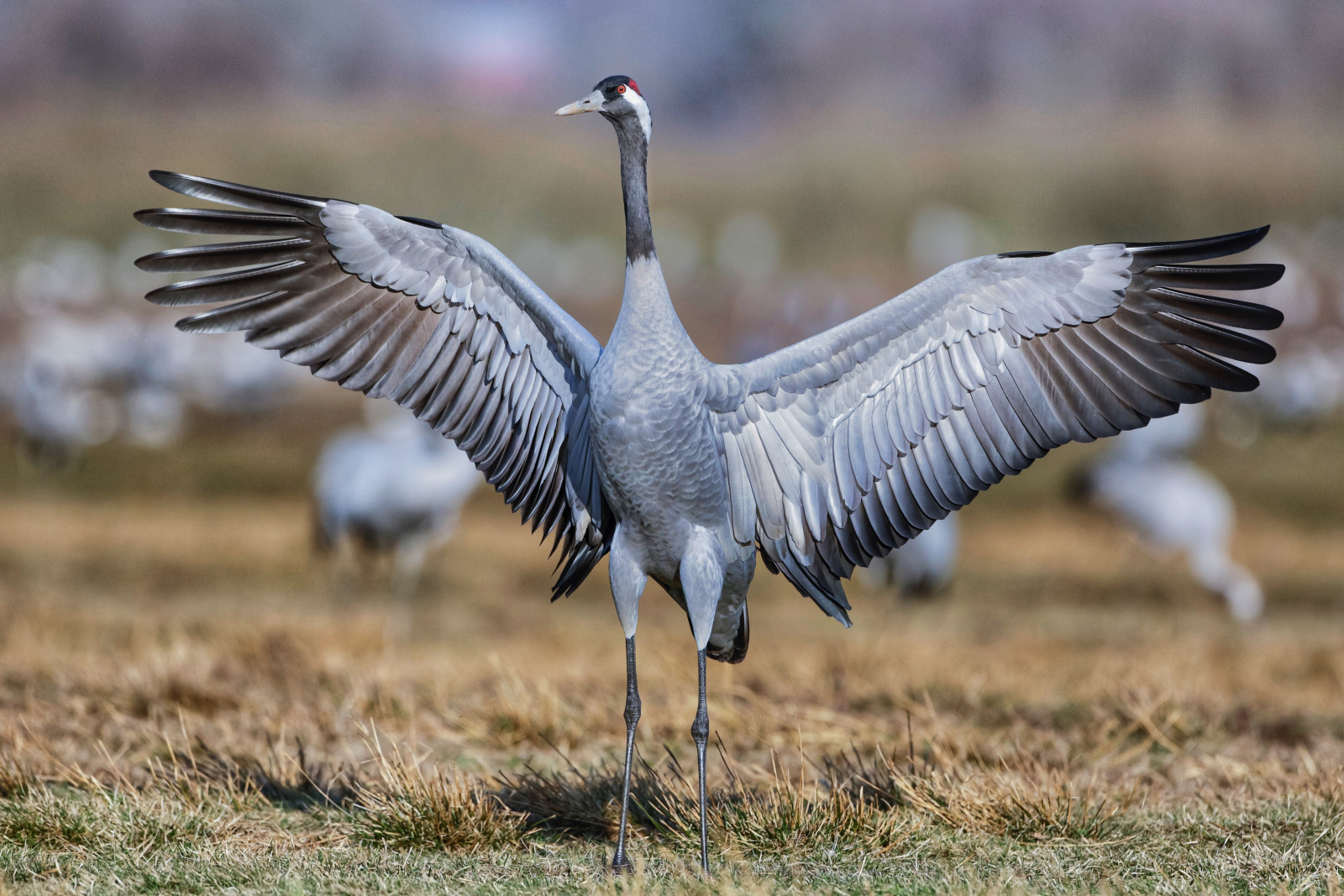Descrição
Lake Hornborga is a nature reserve with an area of more than 4,000 hectares. It is made up primarily of the lake and the shore meadows, but it also includes part of the old agricultural landscape east of the lake - Bolums lider. The lake is just over ten kilometres long and two to three kilometres wide and is about 35 square kilometres in area. It is just over 1.5 metres deep at its deepest point. The lake is the home of some 50 breeding wetland-dependent bird species. A total of more than 270 bird species have been seen in the area.
Detalhes
Acesso
Lake Hornborga is situated in southern Sweden, 150 km north east of Göteborg. To reach the lake, you need to get to one of the three main towns in Västra Götaland, Skara, Falköping or Skövde, all of which are about 20 kilometres from Lake Hornborga. You will probably arrive by car, but we would like to remind you that it is also easy to take a bus to Skara, Falköping or Skövde. You can also take a train to Falköping and Skövde.
There are a number of places to visit around the lake. The two most famous are Trandansen, located in the southern part of the lake, and naturum Hornborgasjön, at the eastern shore. But there are many bird towers and bird hides and walking trails on other places along the lake (see the map).
The best way to travel around Lake Hornborga is by car. Cycling round the lake is also very enjoyable. Bring your own cycle or rent one. Cycles can be rented in the area.
Terreno e Habitat
Terras húmidas , Lago , CampinaCondições
Paisagem abertaCaminho circular
Simé útil um telescópio?
Pode ser útilBoa temporada de observação de aves
Primavera , Outono , VerãoMelhor hora para visitar
PrimaveraRota
Estrada pavimentada , Caminho largo , Estrada não pavimentadaCaminho dificil
FácilAcessível por
Pé , Bicicleta , Carro , Cadeira de rodasAbrigo/plataforma deobservação de aves
SimInformação extra
Lake Hornborga is famous because of the dancing Grou-comum. The messenger of spring and always just as eagerly awaited. The Grou-comum dance and trumpeting call are a sure sign of spring and they attract at least 150,000 visitors to Lake Hornborga during a four-week period.
On their way from their winter quarters in Spain to their breeding grounds, some 10,000 cranes rest at Lake Hornborga. They usually stay for a week or two to eat, dance and rest.
The ones that are heading furthest north arrive last, as they have to wait until spring arrives at their final destination. At most, there can be more than 10,000 cranes here on any day during the Crane Dance.
At dawn, they can be seen flying to their feeding place at the information centre Trandansen, where they spend most of the day eating and dancing. This bowing, hopping and wing-flapping is a way of strengthening the ties between the pairs of birds. At dusk, they return to the lake.
When the young are able to fly, the families of cranes head south. From mid-August, there are once again thousands of cranes at the lake. In the daytime, they look for grain in the fields round about and at night they sleep in the northern parts of the lake. Why not visit the Fäholmstornet (tower) at sunset? You can watch the cranes arriving in large flocks. It is a truly beautiful sight.



